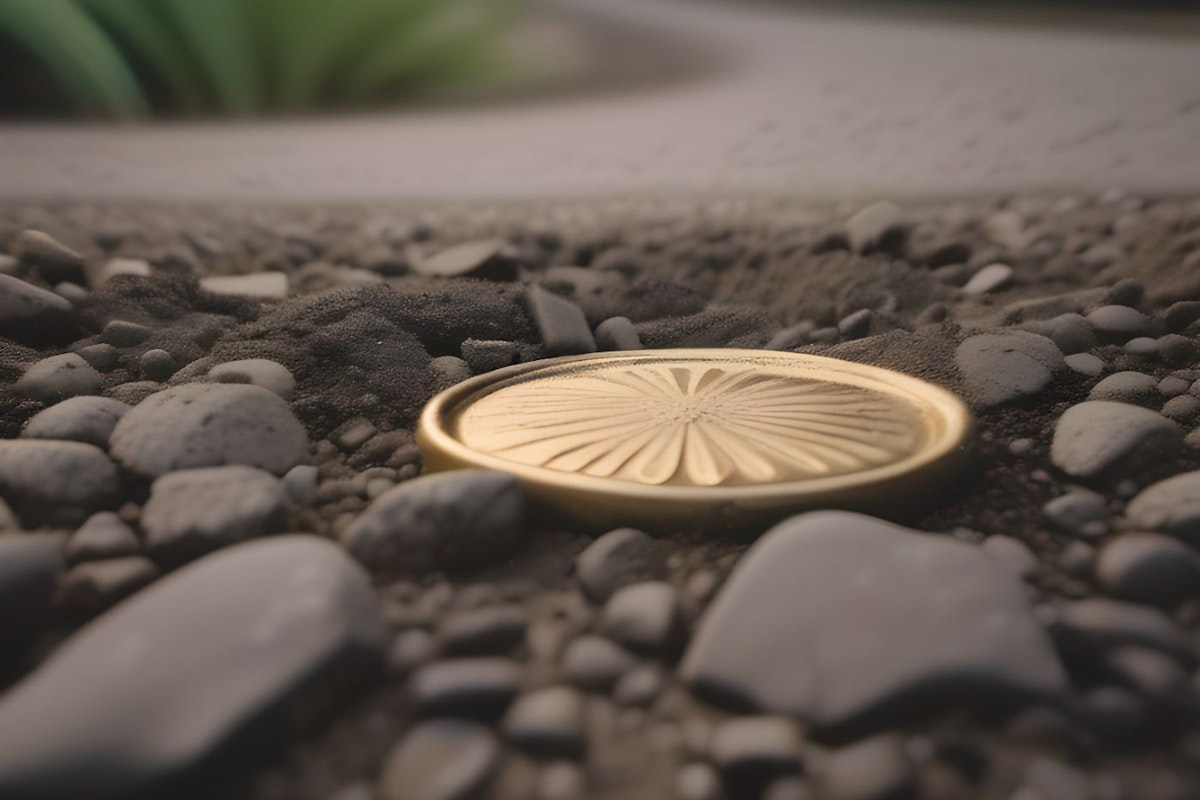
Author of Fluidity - the way to true DemoKratia and...

@djcampbell
DJCampbellAuthor of Fluidity - the way to true DemoKratia and a nov...
Receive Stories from @djcampbell
Credibility
We have the technology.
Create a decentralized ledger (I suggest Hashgraph, now open source), a new currency, and a little method of my own creation to stabilize it.
Problem solved; no politician required.
Stable Coin
A coin that is automatically adjusted to a value ratio of global fiat currencies in reference to a basket of global commodities is a representative currency. The commodities should include basic food staples (wheat, rice), energy sources (oil, natural gas), and metals (copper, aluminum). The currency has two aspects: the base currency and the spending currency. The ratio between the two represents the global fiat currency to commodity ratio. This makes it perfect for real people.
The Finance world can play all the games they like, and we will have a nice middle currency we can use for real-world purposes: food, housing, wages, etc.
A simple way to imagine it is what you do when traveling. Usually, to figure out the value of something, you see the item, say a bottle of wine, and the price of 2,000 Lira then use a rough conversion from Lira to the currency, you know, Australian Dollars 500 to 1, and figure out the wine costs about the same as a train ride in Melbourne.
There is a base amount and a spending amount, just like exchanging your AUD for Turkish Lira when buying wine, and if you received money in Turkey and deposited it in your AUD bank account, it would use a market exchange rate to do it.
The difference is the “exchange rate”. This rate is set by the bank and the global market of banks. Instead, we will have an algorithm fed info by people within the democracy using the currency.
There are only a few major currencies: USD, Yen, Euro, AUD, and GPB, which will be compared to the weighted basket of commodities. There could be more localized weightings. For instance, I expect that rice is more common in Malaysia than in New Zealand.
So imagine now that if inflation went up by 10%, your spending power - but not the amount of money you have (money supply) would go up even if your income didn’t. And if prices went down, your spending power would decrease even if your income went up. Of course, there would be differences between industries and products as not all things move together, but the sharp edges are smoothed out so no one suffers and no one can take advantage.
So, let's call our currency the Real.
There is a Base Real, a ratio, and a spending Real. But really, there is just the Real.
Constantly, the spendability of the base Real is adjusted by a ratio.
The Ratio
So you are paid in Real, and this will buy you what an American or Australian, or Japanese person could get with their currency. Let's say it is a loaf of bread that costs 5-10 dollars in AUD, in the US 2.50 - 5 USD, and in Japan 479 yen.
Exchange rates to AUD 1 = USD 0.64 = yen 95
Bread 7.5 + (3.25/0.64) 5.07 + (479/95) + 5.04 = 17.61 / 3 = 5.87
So if 1 AUD, our reference point for the calculation (the reference point doesn’t matter much), is equal to 100 Real, it will buy what an AUD would or 479 Yen or 0.64 USD.. essentially 587 Real should buy a loaf of bread.
As Prices change, your base Real is adjusted up and down to ensure your buying and earning power is not affected by silly changes in prices.
I worked last month and earned 100 Real at a ratio of 5 to receive 20 base Real. Now inflation has taken over the world, and the ratio is 10, so when I want to spend my 20 base Real, I have 200 Real. A loaf of bread may have been 2 Real and now be 5 Real, but I am not as harmed as it is having to pay 5 of my 100 rather than 5 of my 200.
And my earnings? The ratio is 10, so if the agreement I had with my employer was 100 Real, I would receive 10 bases. Income and spending power don’t change, nor do revenue and expenses. It is smoothed! Detached from the crazy finance system. But still relative to each other thing in the real world.
Investments
I bought a house in 2010 for 300,000 Real during a high inflation time of a ratio of 10, so I borrowed 300,000, which I pay back at 1000 per year. The vendor received 300,000 - 30,000 base. In 2023, the inflation ratio is 25, and my house is worth 500,000, but my repayments are still 1000 /25 rather than 10, so I gain less from the capital gain. Speculation for inflation protection or gain becomes less attractive.
And the origin vendor has the equivalent of the same price.
Interest
Charging and receiving interest to protect the saver from the changing value of money (time-value of money theory) becomes null and void. It was really only a protection for the rich anyway. Now, we will have a similar protection for everyone.
Summary
So we have a new idea for a currency, one that doesn’t need austerity, or raising and lowering interest rates, or printing more money, or banks to enable a stable means of exchange. Or a new politician or any other crazy stuff.
That’s what we want. A stable means for me to exchange my labor, skills, and ideas for yours. And probably someone else's property rights.
So we can have our own currency that is immune from Political and Financial chaos. We have a simple, effective means to exchange.











